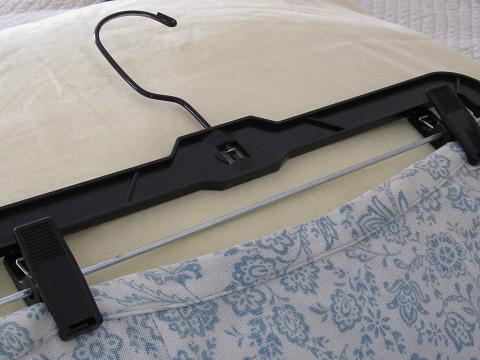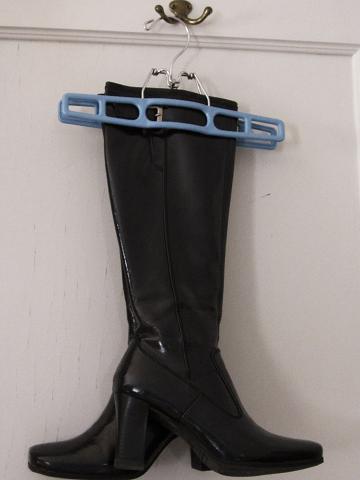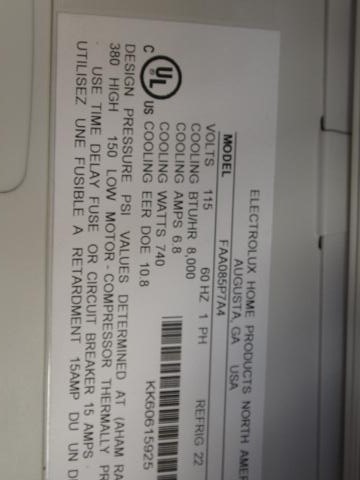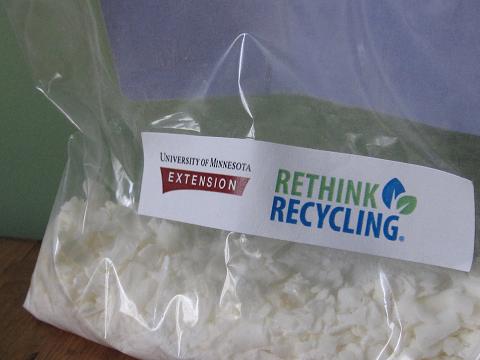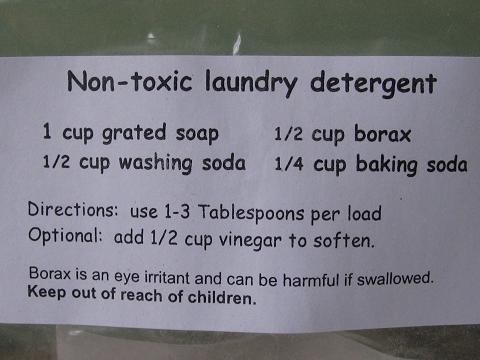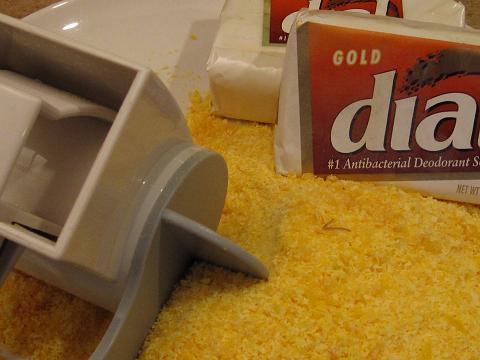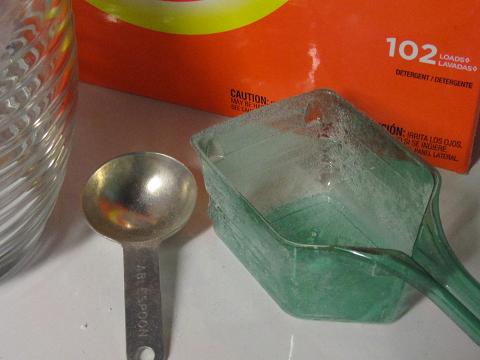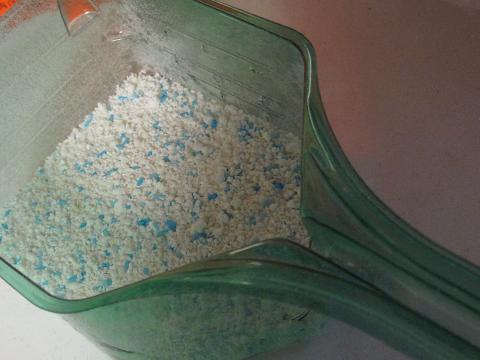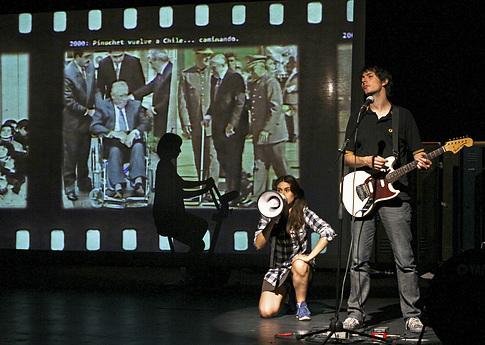 We’ve been enjoying The Walker’s Out There series, which comes around every year in the heart of winter, a good time to hunker down in their cave of a theater that makes the audience feel like a part of the set with its wavy gray walls that bring spray-painted Styrofoam to mind. With one exception, we loved the series, each show for different reasons. We recommend that you catch the last of it tonight or tomorrow. Lola Arias’s The Year I Was Born is definitely worth seeing.
We’ve been enjoying The Walker’s Out There series, which comes around every year in the heart of winter, a good time to hunker down in their cave of a theater that makes the audience feel like a part of the set with its wavy gray walls that bring spray-painted Styrofoam to mind. With one exception, we loved the series, each show for different reasons. We recommend that you catch the last of it tonight or tomorrow. Lola Arias’s The Year I Was Born is definitely worth seeing.
Generally worried about the road conditions and realizing that the time I was going to use to make myself presentable might be needed to help shovel our way out instead, we considered bagging it. I’m really glad we didn’t.
The Year I Was Born was great theater and solid story-telling and it will stick with me for a long time. Following eleven Chileans with disparate political and economic backgrounds and who were born during Pinochet’s reign (1973-1990), the piece widened my vision and deepened my capacity to absorb parallel histories such that I could somehow understand everything at once. What was I doing when Alexandra’s mother, Pitty, was gunned down by government thugs? I can only hope that I wasn’t cursing Verizon or consumed with some similar inanity.
By comparison, Wunderbaum’s (with LAPD) Hospital was a didactic dud that would make me think twice about seeing a show put on by political activists the same way I might be highly skeptical of a movie starring Keanu Reeves. Unlike The Year I Was Born, which is also a historical piece that relies on personal stories, this show has few theatrical elements that work. Instead it lays out the history of health care in the United States in such a way that it wouldn’t have been surprising if they had fired up PowerPoint. Overall, Hospital lacked a sense of humor, a refuge that even a play about a brutal dictatorship provided.
Kuro Tanino’s Niwa Gekidan Penino (The Room Nobody Knows) was visually stunning the minute the curtains opened to a diorama-esque scene that made you long to step into its sparkling amethyst cubby. It was a scene so intimate that the audience was actually seated on the main stage, creating a stage within a stage that I liked to imagine infinitely repeated itself. The music was equally breathtaking. There is no version of Pachelbel’s Canon that will ever come close to what four actors accomplished with recorders. More than once for a conventionally unacceptable number of minutes, the director leaves us in the pitch dark with nothing but this music. Everything else melts away. Every worry. Every plan. Every thought. If I could conjure up this moment on demand, I’m not sure I would do anything else.
Equally addictive was a moment from Clément Layes’ Public in Private. A potted plant. A spotlight. A performer, head tucked and pointing to the plant in the light. Music! Cut mid-note! That was it for me. More than wondering how this guy did the entire show with a glass of water balanced on the side of his head, or recalling other stand-alone physical feats that amazed and made for wonderfully playful moments, I’ll think about that plant and wonder how such an image could make me feel sad about the state of the world and hopeful at the same time. I love a show that leaves you speechless, and this is one of them.
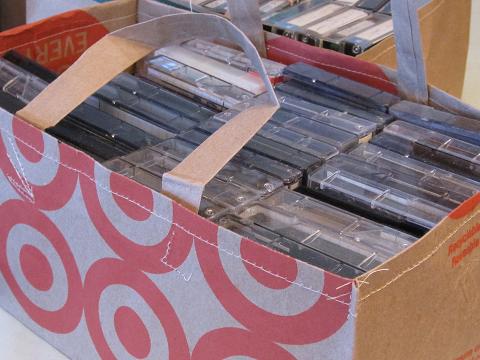
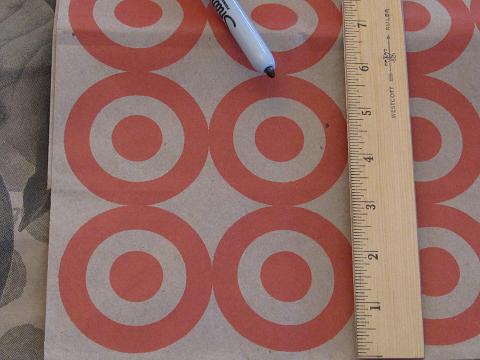
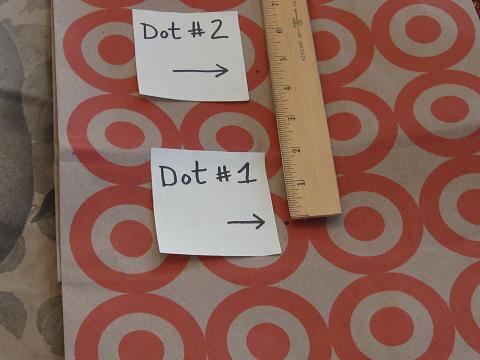
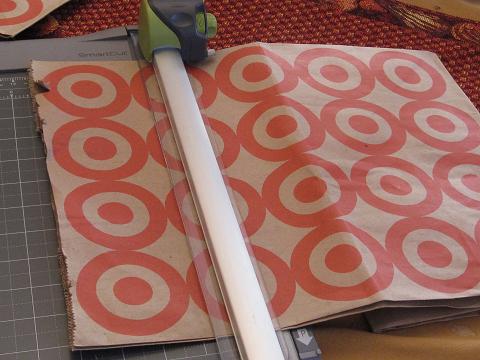
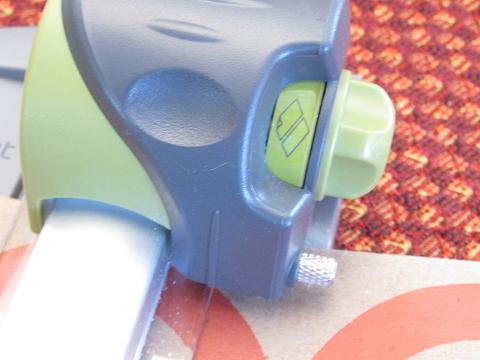
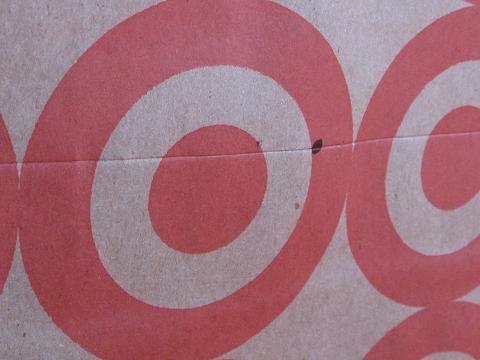
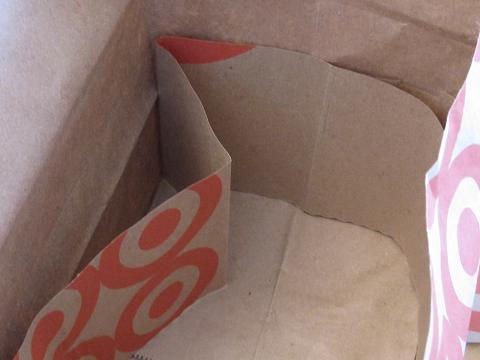
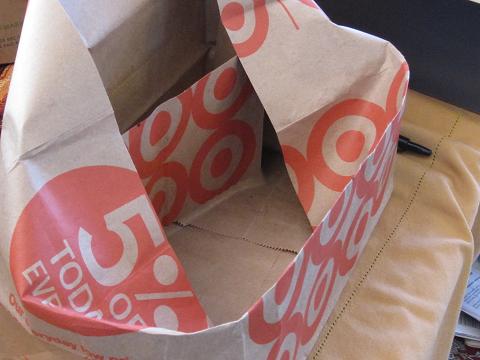
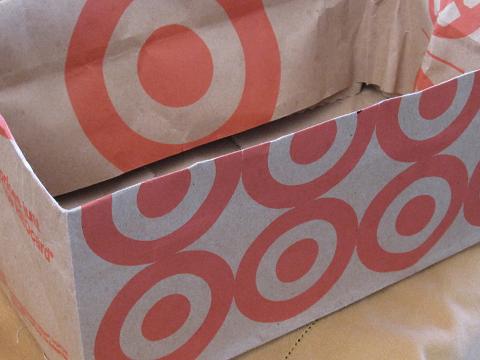
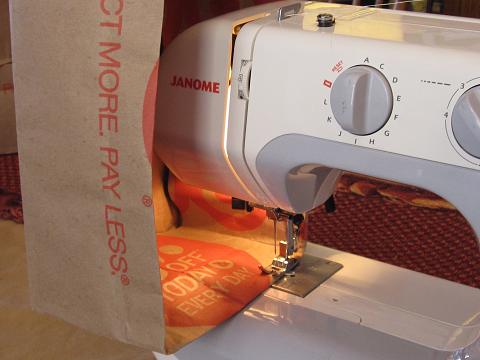
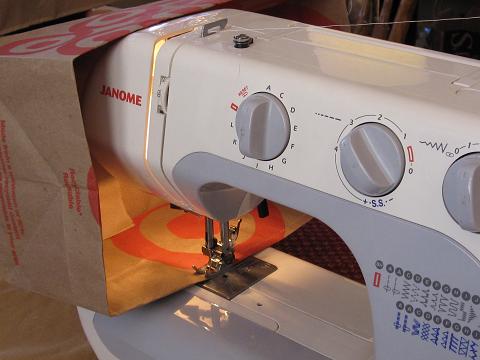
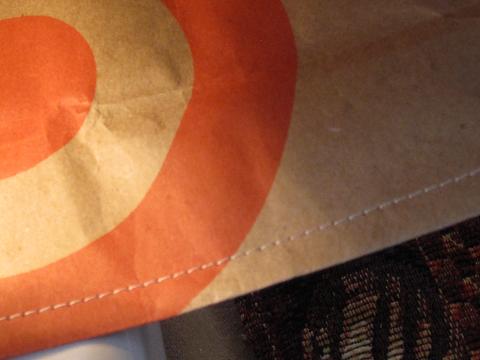
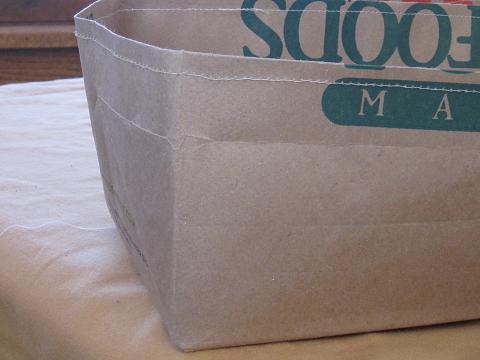
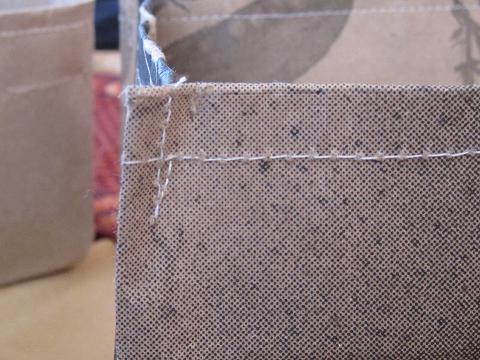
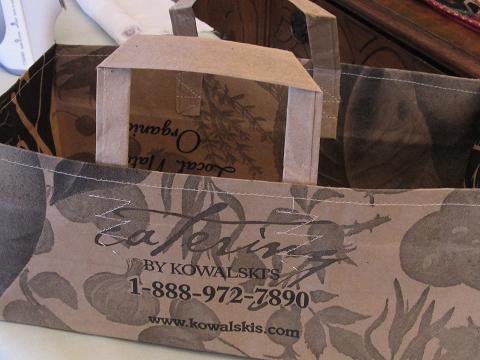
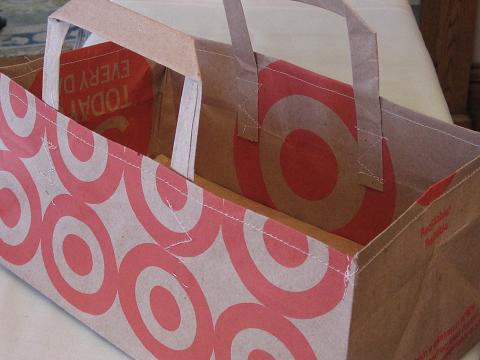
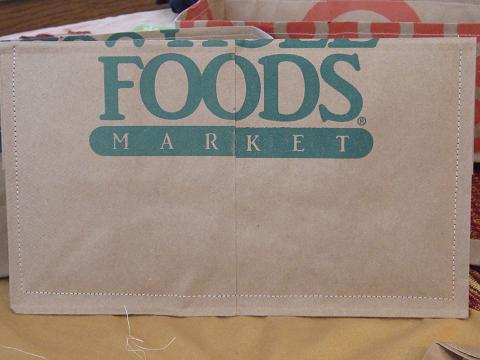
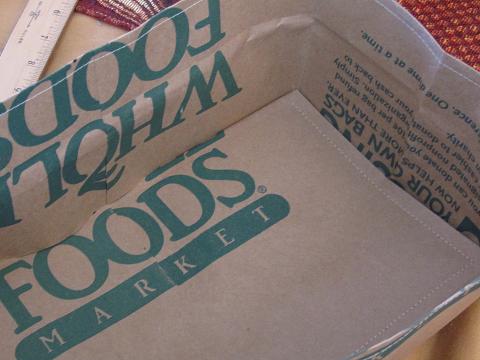
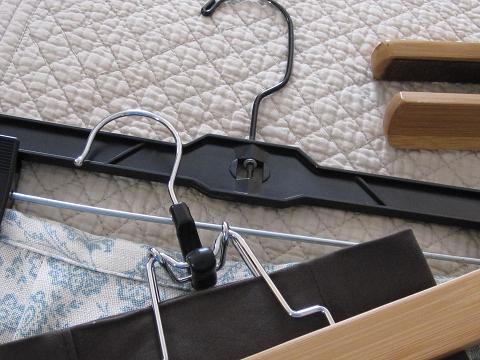
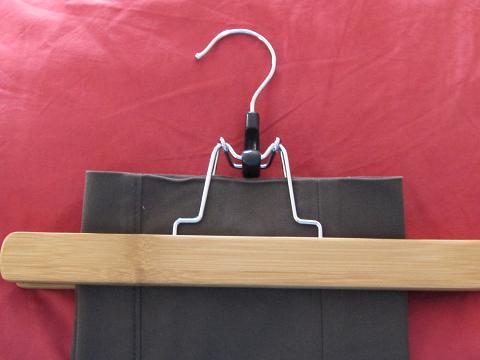 Sprucing up for spring means having a good way to put stuff away. If you do, you’re more likely to stick with a system to keep things organized. So, I’m a fan of hangers that are designed specifically for pants and bought a stash of them a few years ago when I reorganized my closet.
Sprucing up for spring means having a good way to put stuff away. If you do, you’re more likely to stick with a system to keep things organized. So, I’m a fan of hangers that are designed specifically for pants and bought a stash of them a few years ago when I reorganized my closet.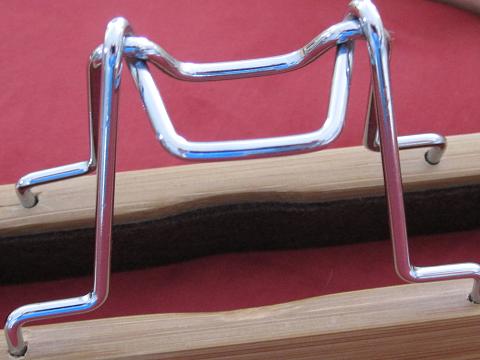 Don’t make the same mistake I made.
Don’t make the same mistake I made. 